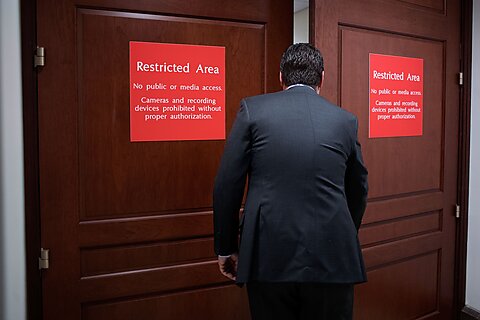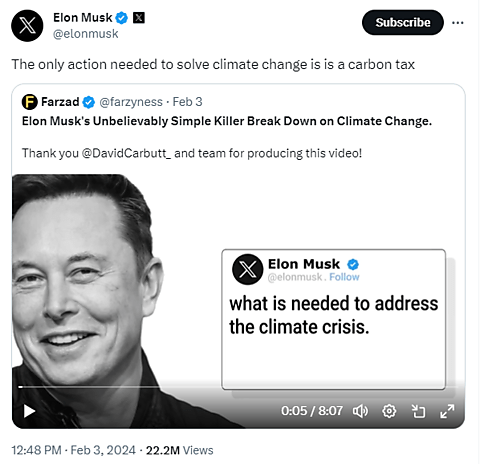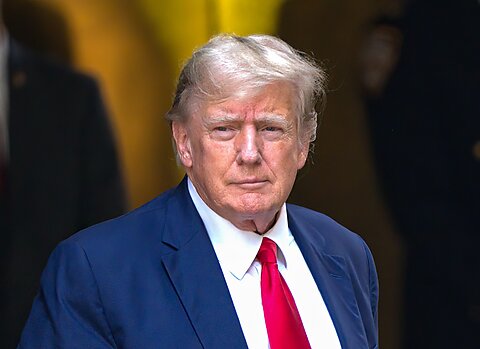The new version of the Foreign Intelligence Surveillance Act (FISA) Section VII “reform” bill was posted earlier this afternoon on the House Rules Committee website. Its backers will no doubt try to sell it as a genuine reform measure. In reality, it’s an example of the classic Capitol Hill game of “Let’s not, but say we did.”
To give you a sense of how successful the National Security State‐friendly House Intelligence Committee has been in hijacking this debate, remember that it was less than two months ago that the House Judiciary Committee—which has always had primary jurisdiction over FISA since its enactment in 1978—passed an excellent and substantive FISA reform bill out of its committee by an incredible 35–2 bipartisan vote. That bill contains two incredibly important provisions: 1) a warrant requirement for FBI personnel if they want to access stored FISA Section 702 data on US Persons, and 2) language banning the purchase of information from data brokers by federal law enforcement, instead requiring a warrant to get that kind of data as well.
Neither provision is in the bill posted this afternoon by the House Rules Committee.
Also of note is that the new bill creates a special carveout for House and Senate members to be informed if the FBI conducts a FISA Section 702 database query that returns or might return information on the member of Congress:
No other American gets that kind of special treatment under the bill.
The bill also allows completely undefined “national security investigations”:
I could go on, but you probably get the point by now.
So is it a done deal?
Tomorrow, the House Freedom Caucus is holding a press conference on this issue:
The announcement does not tip HFC’s hand on where its members stand. Will they encourage passage or oppose it? Will they threaten another motion to vacate the chair unless the House Judiciary bill is brought up instead?
How this small but incredibly powerful voting block comes down will decide whether or not real FISA reform will happen this Congress.









